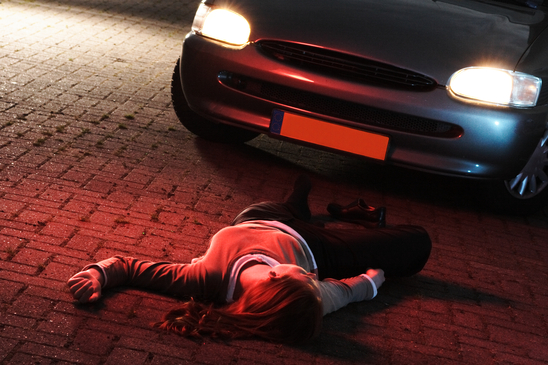Boulder Pedestrian Accident Attorney

3 Common Types Causes of Pedestrian Accidents
What to Do After a Pedestrian Accident
If you or someone you love got severely hurt in a pedestrian accident, you may need effective legal help to obtain compensation for therapies, lost work time, pain and suffering, loss of companionship and other damages.
Per the National Highway Traffic and Safety Administration (NHTSA), more than 4,000 pedestrians die every year in accidents, and approximately 69,000 suffer injuries. 11,000 of those hurt are 14 years old or younger.
3 Common Types Causes of Pedestrian Accidents
-
- Visibility issues.
- Driver inattention or carelessness A driver making a right turn at a crosswalk may only look left before turning… and thus fail to see pedestrian entering the crosswalk from the right side. Or a pickup truck driver texting on a cell phone might fail to see a yellow or red light and drive through the intersection and hit someone crossing on the far intersection
- DUI driving, and driving while using legal drugs in Colorado including marijuana. In Colorado, it is illegal to operate a motor vehicle with a blood alcohol concentration of 0.05% or higher. It is likewise illegal to drive while under the influence of marijuana and some prescriptions drugs. In 2012, the Colorado Department of Human Services collected 23,519 drug and alcohol evaluations. Of the total evaluations, 1,045, or nearly 5 percent, involved marijuana. Also in 2013, there were 103 fatalities involving a drugged driver, and 36 of the 288 drivers tested for drugs had cannabis only in their system. Similar to alcohol, there is an established impairment level in Colorado of five nanograms of active tetrahydrocannabinol (THC)—the active psychoactive component of marijuana—per milliliter of whole blood.
What to Do After a Pedestrian Accident
Your first step should be to get effective medical attention for any injuries sustained. Even if you’re not convinced that the injuries are severe, seek a medical opinion anyway. Endorphins released after the accident can numb pain signals, and the extent of soft tissue injuries may not be apparent until hours or days afterwards. In addition, collect information from the scene of the crash, including pictures of the scene, written or recorded eyewitness accounts, police reports, and other documentation.
